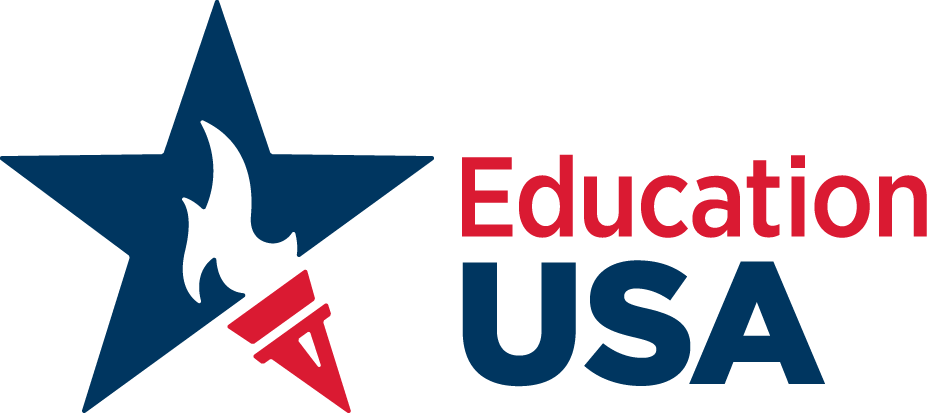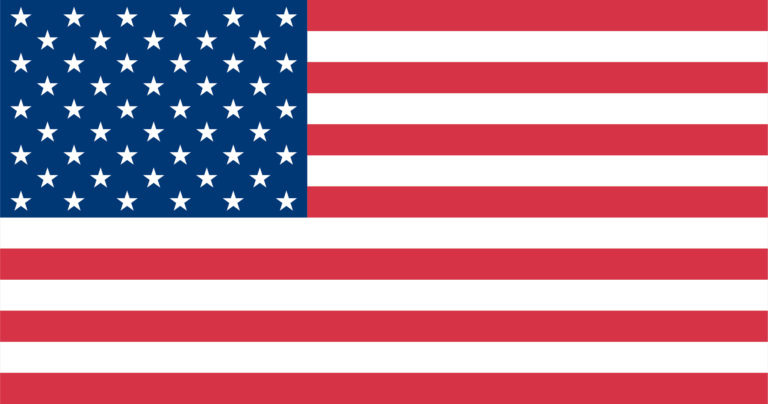Volunteering at Brussels College Night
Karen Williams
What is it like to attend one of EducationUSA Belgium’s annual undergraduate recruitment fairs? Karen Williams, a 2019-20 Fulbright student researcher to Belgium, volunteered to help out at Brussels College Night 2019. Below, she shares her experience at the event, including what she learned about the differences in Belgian and American higher education systems and her surprise encounter with a special guest!
Recently the Fulbright Commission’s EducationUSA Advising Center hosted this lovely event, called Brussels College Night, to promote higher education opportunities in the United States. As a Fulbright grantee in Belgium, this was my first volunteer event with the Commission, and it is one of their biggest events of the year!
The event was held at an international high school in the Brussels area, which was a great way to reach prospective students. The event was well organized by the Fulbright Commission. The volunteers and university representatives — many traveling from the U.S., but representatives from other countries came too! — were picked up at Brussels Central Station. We took a bus to the high school, and the Fulbright volunteers were assigned to different volunteer groups, which were tasked with helping the university reps or the high school students and parents who were arriving.
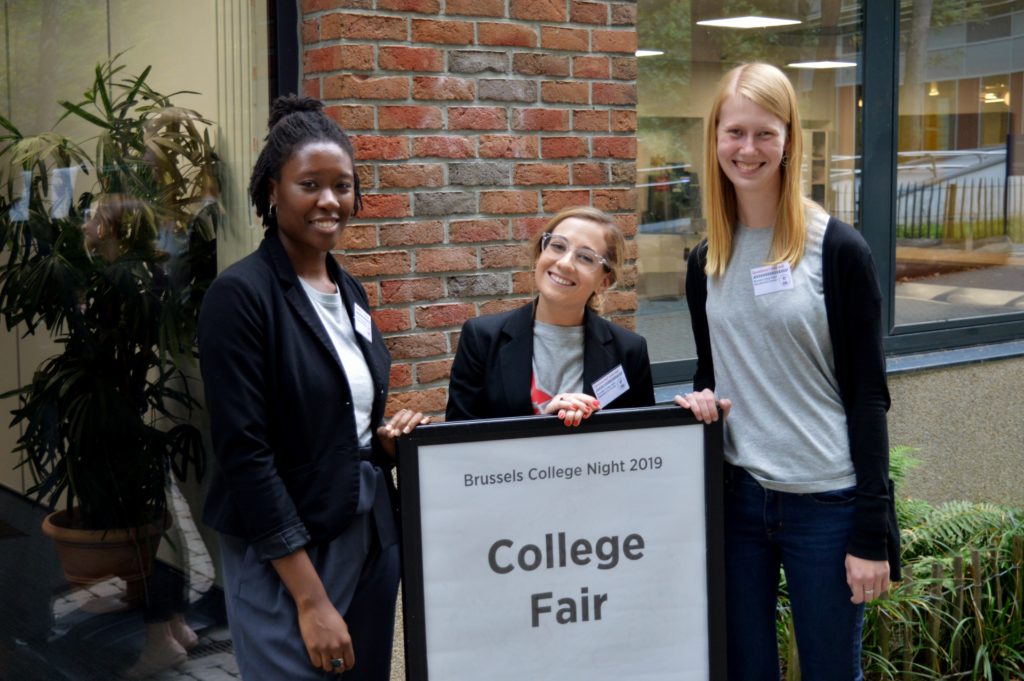
At the beginning of the evening there was a presentation from U.S. admissions professionals, who explained how to select an American college or university, how to apply, and how to pay for education in the USA. All of these topics were interesting, because the Belgian and American higher education systems are so different. The United States has approximately 4,300 higher education institutions … whereas in Belgium, the number is closer to 40! Applying to a Belgian university or university college is simpler, comparatively speaking, and it is not uncommon for Belgian students to register for university just a couple months before the school year. This is quite different from the U.S., where many high school students start applying to universities eight to ten months (or more) before their first year of college. In addition, American colleges and universities are MUCH more expensive than universities in Belgium. I have been told by several of my Ghent University colleagues that they pay less than 2,000 euro per year for undergraduate tuition. Mind you, this is at a top 150 university in the world! In the U.S., a student might expect to pay between 30,000 and 60,000 dollars a year for tuition for this type of educational experience.
While getting set up at the beginning of the evening, I volunteered to photograph the event. Thankfully, I grew up with a dad who was interested in photography and had access to a film SLR camera throughout my childhood. After the admissions presentation, I went back to the gymnasium where the university reps were set up and began taking photos of the event.
Upon arrival, I heard the King of Belgium was at the event with his son! I looked for him, which was more challenging than I expected. I guess I thought he would be wearing a crown or a cape or something. He looked like a normal guy in a beige coat! I snapped a few photos of him and the Director of the Fulbright Commission, Erica. It was surreal to see the King of Belgium about two weeks after arrival! I’ve been informed by my Belgian colleagues that meeting the King of Belgium is not normal, so I’m pretty pumped that it happened.
Also, I’m confident that I ate the best waffle of my life at the end of the evening. I will be searching the country for the lovely lady in the white van going forward…
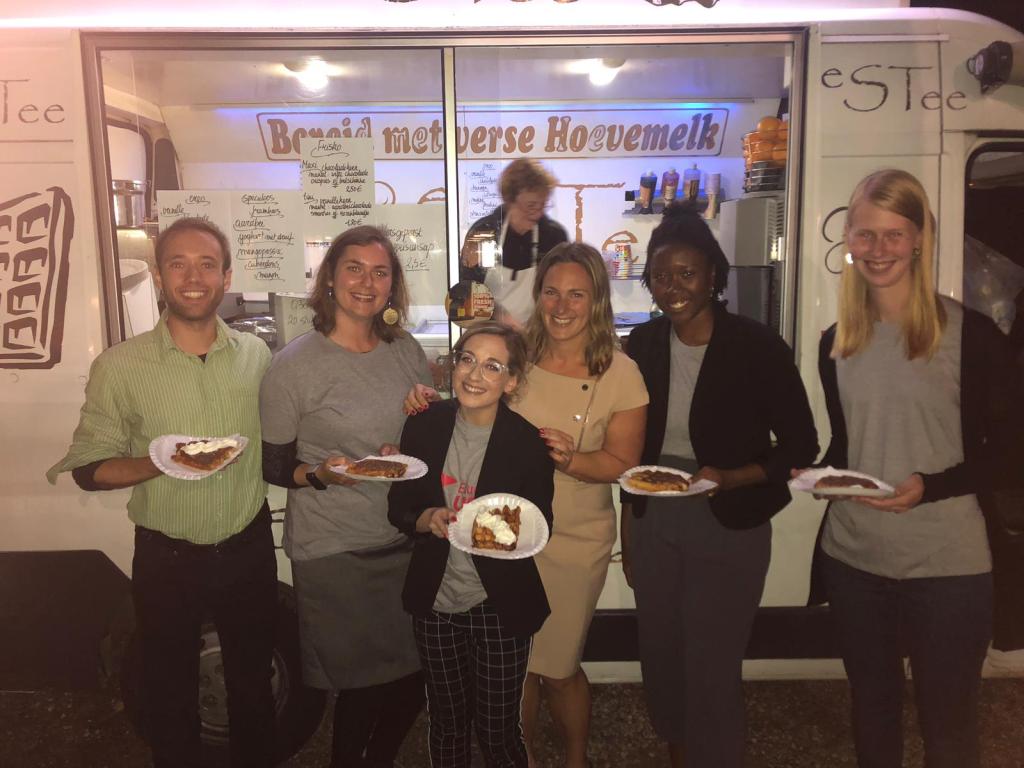
This article does not reflect the opinions of the Fulbright Commission, the EducationUSA Advising Center, or the U.S. Department of State.
